On a muggy mid-morning in early August, I arrived at the Berks County (Pennsylvania) Heritage Center to celebrate the birthday of a bear.
This was not your run-of-the-mill bear birthday party, mind you. This one was honoring a bruin who wears pants and no shirt (unlike his edgier cousin, Winnie-the-Pooh, who forgoes britches), a campaign hat just like the park rangers’ and who, at age eighty, shows no signs of slowing down.
Yes, Smokey Bear became an octogenarian this year, and a billboard in my central Pennsylvania town informed me of his milestone. Not that we have many wildfires in the damp northeast, but Smokey’s message transcends space and time (and US Forest Service budgets, apparently).
I have always been a big Smokey Bear fan and was relieved to learn at his birthday bash that I’m not alone. I am now aware of least a dozen other Smokey devotees, most of whom have the excuse of being retired firemen. I have the excuse of having been raised in a very fire-conscious family in a tindery old house heated by a woodstove and in proximity to a barn filled with dry hay. Growing up, we also took lots of family road trips out west, where Smokey is a friendly, familiar face.
Plus, Smokey Bear marketing is — or was — just the best. You can’t ask for a cuter propaganda campaign than the Smokey posters and stamps from the 1940s and Fifties. He makes you smile while he’s lecturing you — sometimes even half-accusatorily. One 1953 poster shows Smokey standing on the edge of a raging inferno and glancing back with disappointment. “One careless match. Yours?” it reads.
But who can resist a wide-eyed, full-bodied bear extinguishing a fire in rolled-up dungarees while his adorable woodland friends look on in innocent earnest as they urge you: “Please, mister, don’t be careless,” and “Please folks, be EXTRA careful this year!” In 1948, Smokey knelt down, took off his hat and prayed with bowed head, “and please make people careful, amen.”
In 1952, “Smokey the Bear,” with the warm tenor stylings of country star Eddy Arnold, was released and “Smokey Bear” gained a sort of individualizing superlative (the song’s rhythm required an extra syllable). True Smokey buffs, though, like the ones selling vintage Smokey stuffed toys, Smokey salt and pepper shakers, Smokey cookie jars, Smokey belt buckles (from his fiftieth birthday) and Smokey soap dispensers at his Berks County party know his proper name.
We also know Smokey Bear was real. A 1960 comic book, The True Story of Smokey Bear, tells how Smokey the cub was living his best life in New Mexico’s Lincoln National Forest when a drought made the forest “ripe for a disaster!” A little spark caused by a careless human became a flame that quickly spread to a roaring fire that destroyed the forest and many of Smokey’s friends, who were confused by the heat and smoke and “ran straight into the fire!” (The comic book shows this in graphic detail.)
A group of firemen who miraculously survived “the flaming ordeal” looked around afterward to see Smokey, “a badly burned bear cub clinging, terrified, to a charred tree limb.” They took him out of the “burned-out forest that was once his home” (passing many of his friends “who were not so lucky as he!”) to veterinarians to be treated for his burns and wounds. Smokey got well — and became well-known. He gained celebrity status and “even became a star on radio” (Please, folks, use your imaginations!) and eventually found a new home in Washington’s National Zoo, “where he will never be lonely again.”
“Since 1944,” another piece of literature I picked up at the party says, “Smokey Bear has protected America’s forests from unwanted, human-caused fire. His message of wildfire prevention is the center of the longest-running public service advertising campaign in our nation’s history.”
Despite his irresistible wholesomeness, it turns out Smokey’s ad campaign hasn’t actually been very successful. “Even today,” the pamphlet goes on, “nearly nine out of ten wildfires nationwide are caused by people.” (This statistic was the same back in 1944.)
Which made no sense to me at first. After all, the Smokey Bear campaign to prevent forest fires was invented back when youngsters liked to play with matches in the woods, when kids building “play campfires” was common, and people had a tendency not to “crush their smokes dead,” as the comic book puts it.
Digging deeper, though, I now think Smokey’s ineffectiveness may be tied to our declining patriotism. Smokeybear.com explains that following the attack on Pearl Harbor, “there was also a fear that incendiary shells exploding in the forests of the Pacific Coast would ignite numerous raging wildfires.” Walt Disney first allowed the Cooperative Forest Fire Prevention (CFFP) program, the War Advertising Council and the Association of State Foresters to use Bambi (all the rage in 1942 following his cinematic debut) on posters that said, “Forest Fires Aid the Enemy,” and “Our Carelessness, Their Secret Weapon” — but only for a year. Smokey providentially came on the scene when Bambi’s year was up, and the rest is history.
These days, Smokey Bear has been modernized into a sleek, digital, AI-looking creature, who is much less inspiring. Still, I’m glad he’s around. Long live Smokey Bear. And remember: only nostalgia can prevent the destruction of America.
This article was originally published in The Spectator’s October 2024 World edition.



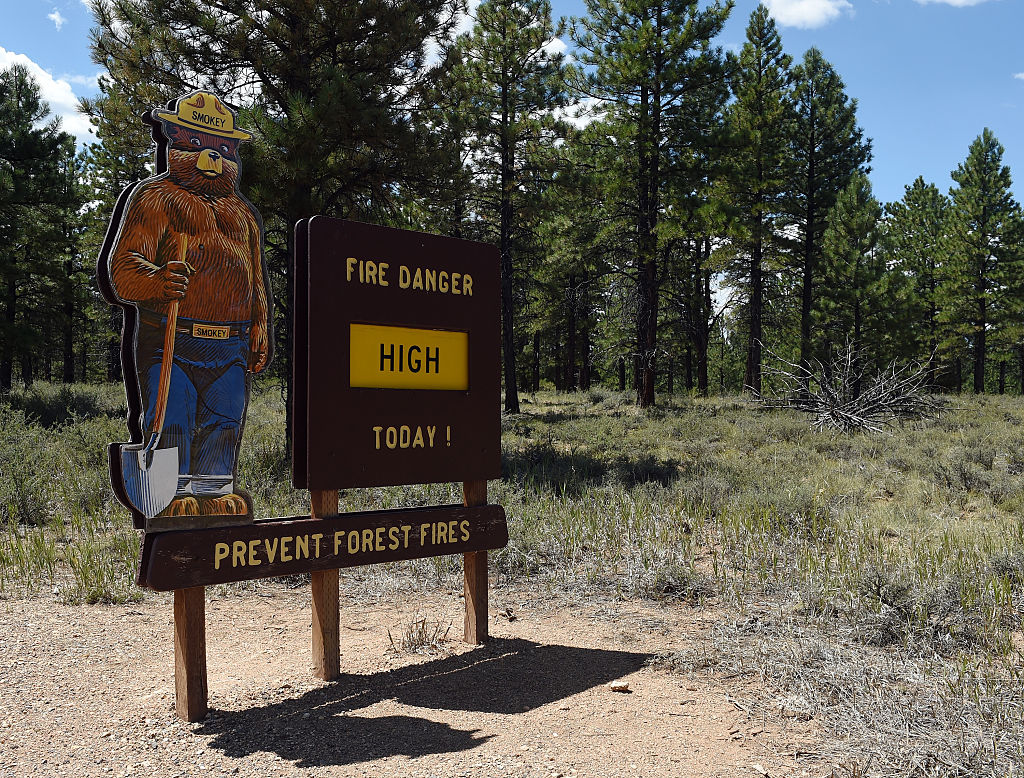






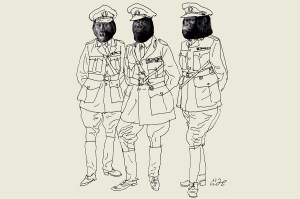




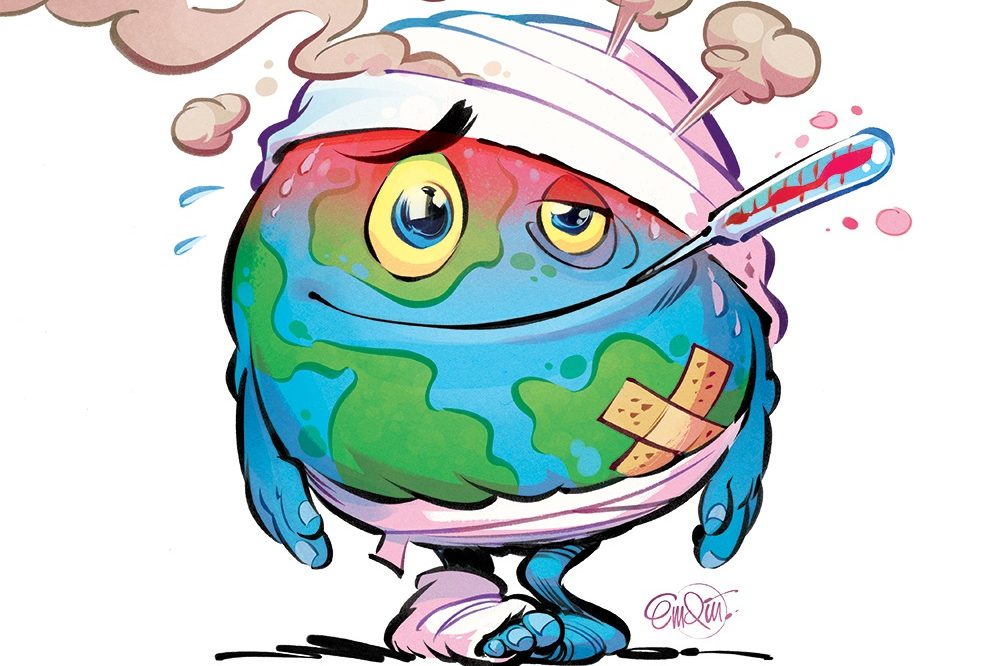

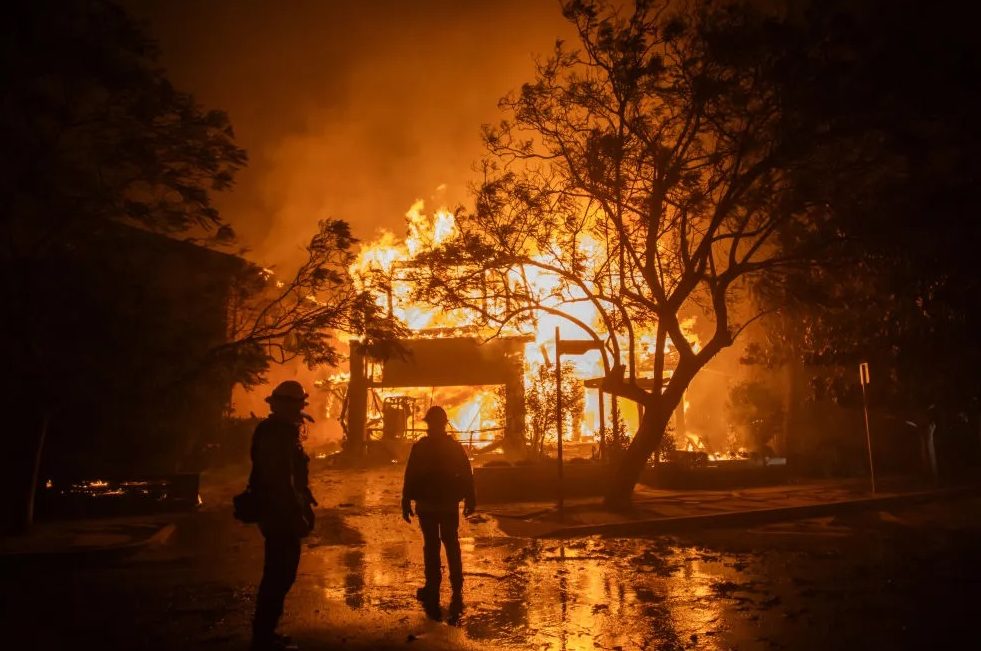
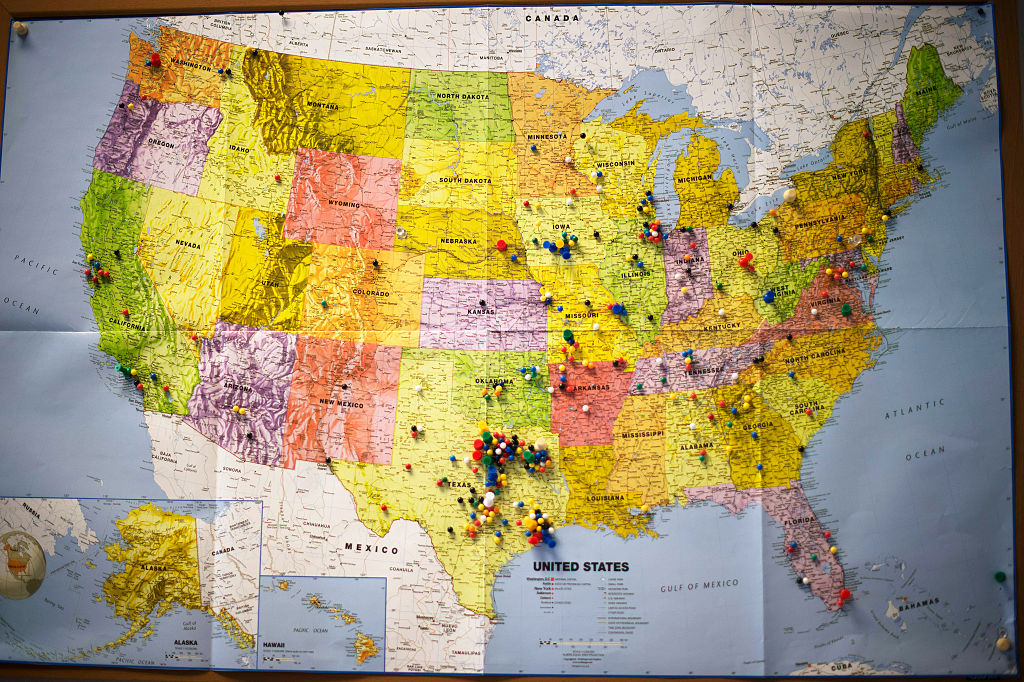







Leave a Reply